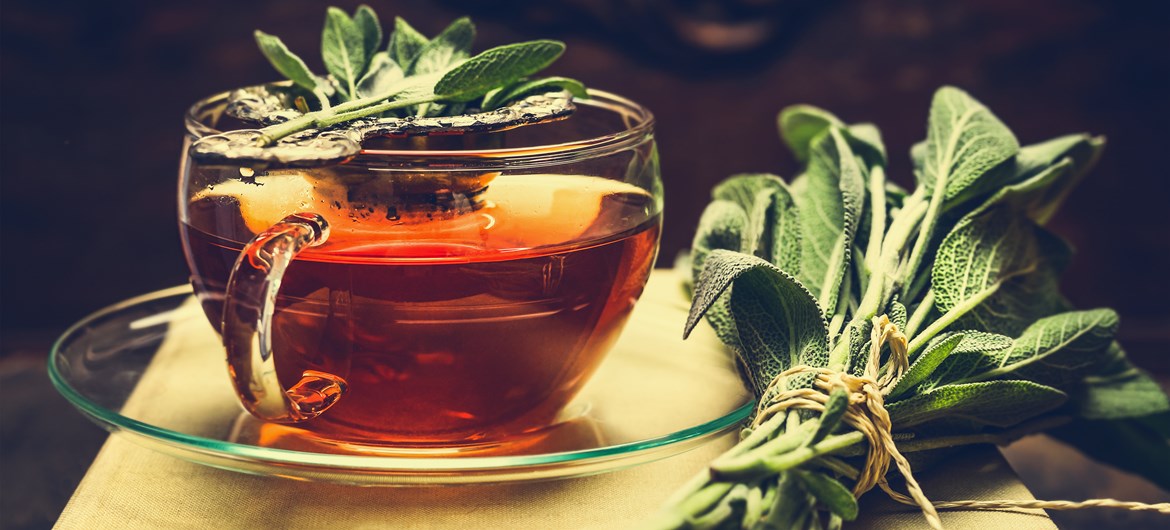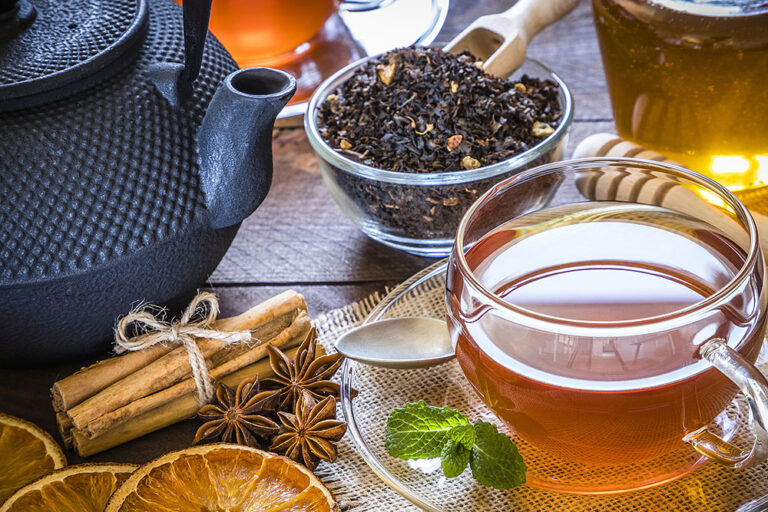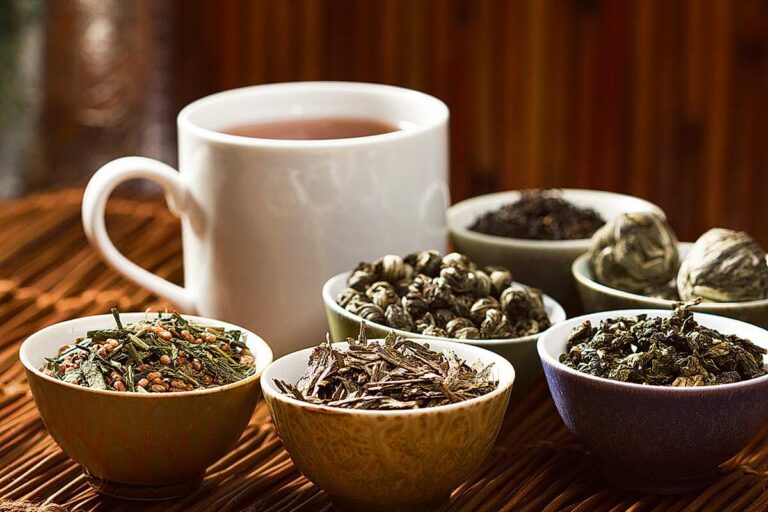Tea has a long and intriguing history and is a traditional beverage that is loved all over the world. Beyond its many flavors and calming warmth, tea has an intriguing history full of folklore from antiquity, cultural significance, and startling scientific findings. “Steeped in History: 10 Astonishing Facts About Tea That Will Brew Up Your Curiosity – From Ancient Legends to Global Traditions, Unveiling the Rich and Flavorful Story Behind the World’s Most Beloved Beverage,” is a comprehensive guide that will reveal ten fascinating facts about tea and the fascinating story behind this popular beverage.
I. The Tea Tapestry: 10 Fascinating Facts
- Legendary Origins: The Accidental Discovery:
- According to Chinese legend, tea was discovered around 2737 B.C. by Emperor Shen Nong.
- While boiling water beneath a tree, a few leaves from a Camellia sinensis plant fell into his pot, creating a fragrant brew.
- Intrigued by the aroma and taste, the emperor drank the infusion, marking the birth of tea.
- Global Expansion: From Asia to the World:
- Tea cultivation and consumption spread from China to other parts of Asia, including Japan and Korea.
- In the 17th century, Dutch and Portuguese traders introduced tea to Europe, where it quickly gained popularity.
- The British East India Company played a pivotal role in establishing tea as a major commodity and cultural staple in Britain and its colonies.
- The Boston Tea Party: A Revolutionary Brew:
- In 1773, the Boston Tea Party, a pivotal event in the American Revolution, occurred.
- American colonists, protesting the Tea Act, dumped chests of tea into Boston Harbor.
- This act of defiance symbolized colonial resistance to British taxation and control.
- Tea Ceremonies: A Ritual of Respect and Harmony:
- In Japan, the tea ceremony (Chanoyu) is a highly ritualized and meditative practice.
- It emphasizes harmony, respect, purity, and tranquility.
- The ceremony involves the preparation and serving of matcha, a powdered green tea.
- Different Types of Tea: A World of Flavors:
- All true teas (black, green, white, oolong) come from the Camellia sinensis plant.
- The different types of tea are created through varying degrees of oxidation and processing.
- Herbal teas, or tisanes, are infusions made from herbs, spices, and fruits, and do not contain Camellia sinensis.
- Tea and Health: A Wealth of Benefits:
- Tea is rich in antioxidants, which can protect cells from damage and reduce the risk of chronic diseases.
- Studies suggest that tea consumption may improve heart health, boost brain function, and aid in weight management.
- Different types of tea offer unique health benefits.
- Tea and Caffeine: A Gentle Stimulant:
- Tea contains caffeine, a natural stimulant that can improve alertness and focus.
- However, tea typically contains less caffeine than coffee.
- The presence of L-theanine in tea can mitigate the jittery effects of caffeine.
- Tea and Culture: A Social Beverage:
- Tea is often associated with social gatherings and hospitality.
- Afternoon tea in Britain is a classic example of tea’s role in social customs.
- In many cultures, tea is offered as a gesture of welcome and friendship.
- Tea and Art: Inspiring Creativity:
- Tea has inspired countless works of art, literature, and music.
- The beauty of tea ceremonies and the tranquility of tea gardens have been captured in paintings and poems.
- Tea’s aesthetic appeal and calming influence have made it a muse for artists.
- The World’s Most Popular Drink (After Water):
- Tea is the second most consumed beverage in the world, after water.
- Billions of cups of tea are enjoyed daily across the globe.
- Its versatility, affordability, and health benefits contribute to its widespread popularity.
II. The Tea Conclusion: A Timeless Treasure
Tea is more than just a beverage; it’s a cultural icon, a source of health benefits, and a symbol of tradition. By understanding the fascinating facts about tea, we can appreciate its rich history and savor its diverse flavors with a deeper appreciation.




